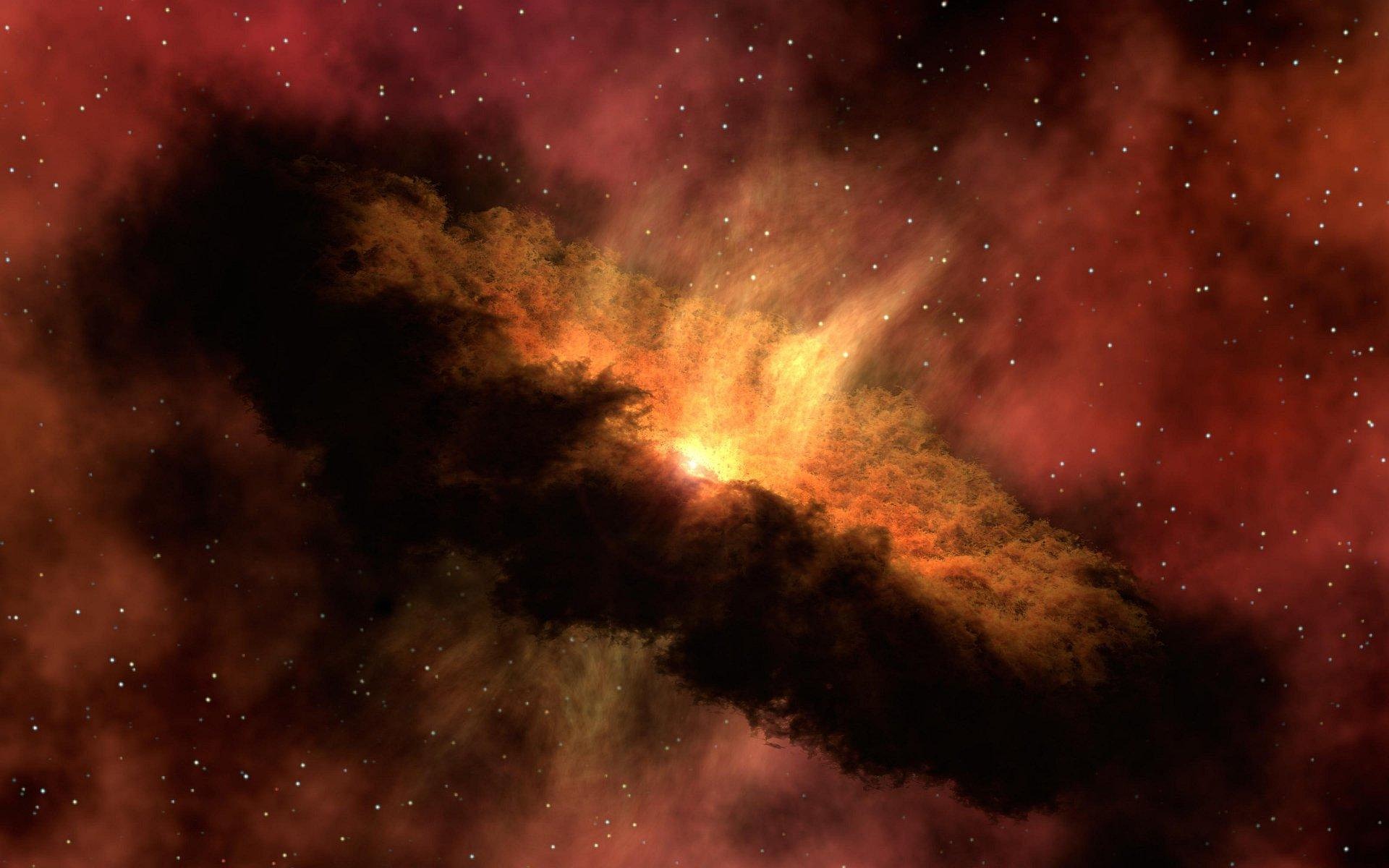
Key Moments
Published 11/03/2025
The Foundations of Rocket Science (1920s–1940s)
Long before major space programs took shape, a handful of pioneers laid the groundwork for rocket propulsion. In Russia, Konstantin Tsiolkovsky envisioned multi-stage rockets and formulated key principles of space navigation as early as the beginning of the 20th century. In the United States, Robert Goddard tested liquid-fueled rockets, earning him the unofficial title of “father of modern rocketry.” In Europe, Hermann Oberth popularized the concept of space travel and inspired numerous researchers.
The First Artificial Satellite: Sputnik (1957)
On October 4, 1957, the USSR stunned the world by launching Sputnik 1, the first artificial satellite in history. It was a massive international shock: the United States, until then confident in its technological lead, suddenly realized it was behind and reacted by funding large-scale research programs. Scientifically speaking, Sputnik merely transmitted simple “beeps” from orbit, but it proved that an object could be placed around Earth. This Soviet achievement marked the start of the famous “space race” and led, among other things, to the creation of NASA.
The First Manned Flights
Following Sputnik, the next step was sending living beings into space. In 1957, the Soviet dog Laika became the first living creature to orbit Earth aboard Sputnik 2, raising ethical questions in the process. Then, in 1961, Yuri Gagarin became the first human to travel to space, captivating the entire world. In 1963, Valentina Tereshkova showed that women could also rise to the challenge, becoming the first woman to complete an orbital flight. These missions helped us understand how the human body reacts to gravity, radiation, and isolation.
Conquering the Moon (Apollo Program, 1961–1972)
In 1961, U.S. President John F. Kennedy declared his intention to send a man to the Moon and bring him back safely. This project evolved into the Apollo program, which involved massive human and financial resources. At first, missions like Ranger and Surveyor mapped the Moon, while the USSR sent its Luna probes. In 1968, Apollo 8 became the first manned mission to orbit the Moon, capturing the famous “Earthrise” photo that highlights Earth’s fragility in the vastness of space. The major triumph came in 1969 with Apollo 11, when Neil Armstrong and Buzz Aldrin walked on the lunar surface, watched live by millions. Despite its high cost, Apollo yielded a huge amount of data, from lunar rock samples to a better understanding of our satellite.
The Space Shuttle Programs
After the Moon landings, the United States launched the Space Shuttle program to make flights more “regular” by reusing part of the spacecraft. Introduced in 1981 and retired in 2011, the shuttle deployed satellites into orbit, serviced the Hubble Telescope, and helped build the International Space Station. Its history was marked by two tragedies: Challenger (1986) and Columbia (2003), accidents that claimed the lives of their crews. The USSR likewise developed Buran, very similar in concept, which only managed one automated flight in 1988 before being canceled due to lack of funding. These projects reflected a desire to make access to space more frequent and less costly, while promoting research on-site.
Major Robotic Interplanetary Missions
Alongside manned flights, robotic exploration pushed the boundaries of our knowledge far beyond Earth orbit. As early as the 1970s, the USSR sent Lunokhod rovers to the Moon, while China launched its Chang’e series in the 2000s and 2010s. Mars soon became a prime target: after the Viking probes in 1976, a series of rovers—including Curiosity and Perseverance—began exploring the Martian surface, hunting for water and possible signs of life. Other probes, such as Voyager 1 and 2 launched in 1977, ventured to the edges of the Solar System (Jupiter, Saturn, Uranus, Neptune) before entering interstellar space. More recently, Cassini-Huygens studied Saturn and its moon Titan, while New Horizons flew by Pluto and continued on toward the Kuiper Belt. Often spread out over years or even decades, these automated missions continually expand our understanding of space and pave the way for more distant manned missions.
New Directions in Space Exploration
In the 21st century, space exploration has gained renewed momentum, both crewed and uncrewed. The Artemis program, led by NASA and various international partners, aims to return to the Moon—not just to land there but also to build a base for research, technology development, and ultimately to prepare for a journey to Mars. Meanwhile, robotic missions to the Red Planet continue to examine whether life could ever have existed there, and some plans envision sending human crews in the coming decades. We’re also seeing the rise of private players like SpaceX (which is developing the Falcon 9 and Starship launchers), Blue Origin, and companies in Europe and Asia. All these actors collaborate (and sometimes compete), shaping a new public-private model for space exploration.
Opening to Commercialization and Space Tourism
Finally, space is gradually becoming more accessible, though so far only to a select few who can afford it. Companies such as Virgin Galactic and Blue Origin offer short suborbital flights, providing a taste of zero gravity. Other, more ambitious projects are planning orbital stays, such as Axiom Space or even SpaceX, which hopes one day to take tourists around the Moon. “Space hotels” in orbit and other private infrastructures are starting to materialize, sparking debates about their profitability and environmental impact. In any case, this emerging market drives technological innovation and strengthens enthusiasm for space, now seen as a new frontier for both economic and scientific development.